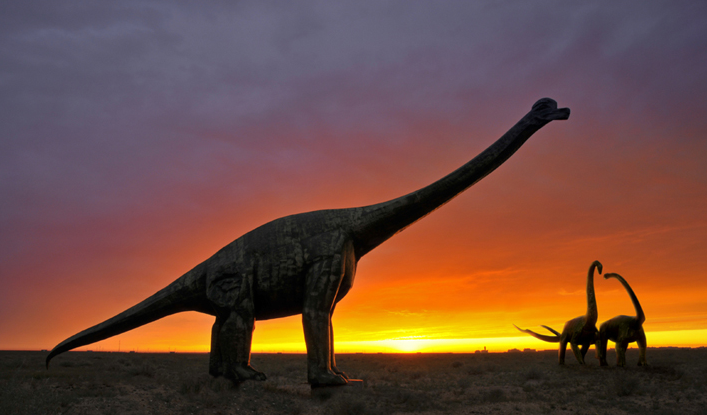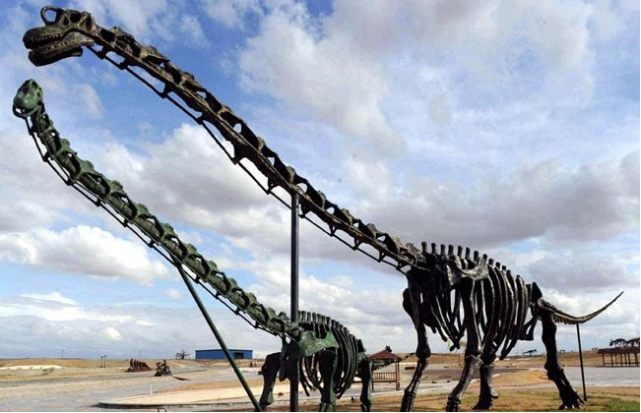
The original discovery was by a Catholic priest, Father R. Mertens, in 1913. He showed some remains he had excavated to the German mining engineer Gustav Behaghel who in 1916 sent three vertebrae to the head of the Geological Survey of China Ding Wenjiang ("V.K. Ting"). This was probably the first occasion dinosaur bones from China were scientifically studied. With help of another Catholic priest, Father Alfred Kaschel, the site was rediscovered in November 1922 by Johan Gunnar Andersson and Tan Xichou. In March 1923, the Austrian student Otto Zdansky excavated two skeletons at sites about three kilometres apart.
It was originally described and named Helopus, meaning "Marsh Foot", by the Swedish paleontologist Carl Wiman in 1929, after the Greek ἕλος, helos, "swamp", and πούς, pous, "foot". The name refers to the marshy area of the finds and to truga, Swedish swamp shoes, which according to Wiman resembled the wide feet of the animal.[6] This name however, already belonged to a bird because the Caspian tern had once been named Helopus caspiusWagler 1832. The sauropod dinosaur was therefore renamed Euhelopus (True marsh-foot) in 1956 by Alfred Sherwood Romer. There proved to be a plant genus (a grass) with the same generic name, Euhelopus. However, a genus in one biological kingdom may have a name that is used as a genus name in another kingdom, so Euhelopus was allowed. The type species is Helopus zdanskyi. The combinatio nova is Euhelopus zdanskyi. The specific name honours Zdansky.

Specimen PMU 24705 (formerly PMU R233) forms according to Wilson & Upchurch the holotype, descriptive basis, for the species Euhelopus zdanskyi. It represents one of the skeletons found by Zdansky, named "Exemplar a" by Wiman, who did not formally assign a holotype. This is the original skeleton found by Mertens. Specimen PMU 24705 consists of a partial skeleton with skull and lower jaws comprising these bones: the rostral part of the left nasal; a partial right jugal; the tapered jugal process of the postorbital, partially excavated; the dorsal process of the right quadratojugal; the fragmented left pterygoid (another fragment might be the right splenial, but it is too fragile to be removed from its matrix), a series of twenty-five presacral vertebrae and the left thighbone.
The second skeleton, of an individual about as large as the holotype, was designated "Exemplar b" by Wiman. It was by Wilson & Upchurch referred to Euhelopus. This specimen PMU 24706, formerly PMU 234, comprises nine articulated dorsal vertebrae and the sacrum, two dorsal ribs, a nearly complete pelvis, and a right hindlimb lacking the fifth metatarsal and several pedal phalanges.
Both specimens are housed in the collection of the Paleontological Museum of Uppsala University, in Uppsala, Sweden, where the mounted skeletons are displayed since the 1930s.
In 1923, Zdansky lacked the time to finish the excavation of the holotype. In the Autumn of 1934, Yang Zhongjian ("C.C. Young") and Bian Meinian ("M.N. Bien") returned to the quarry and secured four rear back vertebrae, a left shoulder girdle and a left humerus. These were provisionally designated "exemplar c" by Wilson & Upchurch in 2009. They considered it most likely that these bones belonged to the same individual as the holotype. They were informed in 2007 that this material could no longer be located in the Chinese collections.
from
Wikipedia